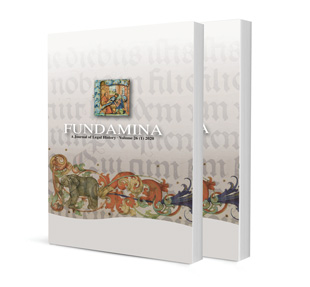The Protection of Refugee Children in Africa: Post-Convention on The Rights of The Child

The Protection of Refugee Children in Africa: Post-Convention on The Rights of The Child
Authors Leah A Ndimurwimo and Molya ND Vundamina
ISSN: 2411-7870
Affiliations: Senior lecturer, Nelson Mandela University; LLD (NWU) LLM (NMMU) LLB (OUT); LLM candidate; LLB (NMU)
Source: Fundamina, Volume 27 Issue 1, p. 33-66
https://doi.org/10.47348/FUND/v27/i1a2
Abstract
The plight of refugees is currently one of the concerning global human rights issues. The refugee population is largely comprised of women and children who become displaced during armed conflicts; this is because the majority of persons killed or who become victims of forced disappearance are men. Forcibly displaced children face direct physical threats, as well as a variety of health-related problems. Although forcibly displaced children generally include those who are not refugees, this contribution is only concerned with refugee children. Refugee children are vulnerable to different types of abuse and exploitation, and often become the target of discrimination, sexual exploitation and social marginalisation in the refugee transit camps and countries of exile. Although the Convention on the Rights of Child, 1989 was adopted to protect children’s rights worldwide, the true impact of these provisions remains uncertain. This contribution examines the extent to which the adherence to the Convention on the Rights of the Child is promoted in Africa. This study compares the situation in South Africa, Tanzania and Zambia to pinpoint the legal and practical challenges that face refugee children in those countries. The contribution concludes with recommended solutions for effectively protecting and promoting refugee children’s rights in Africa.
